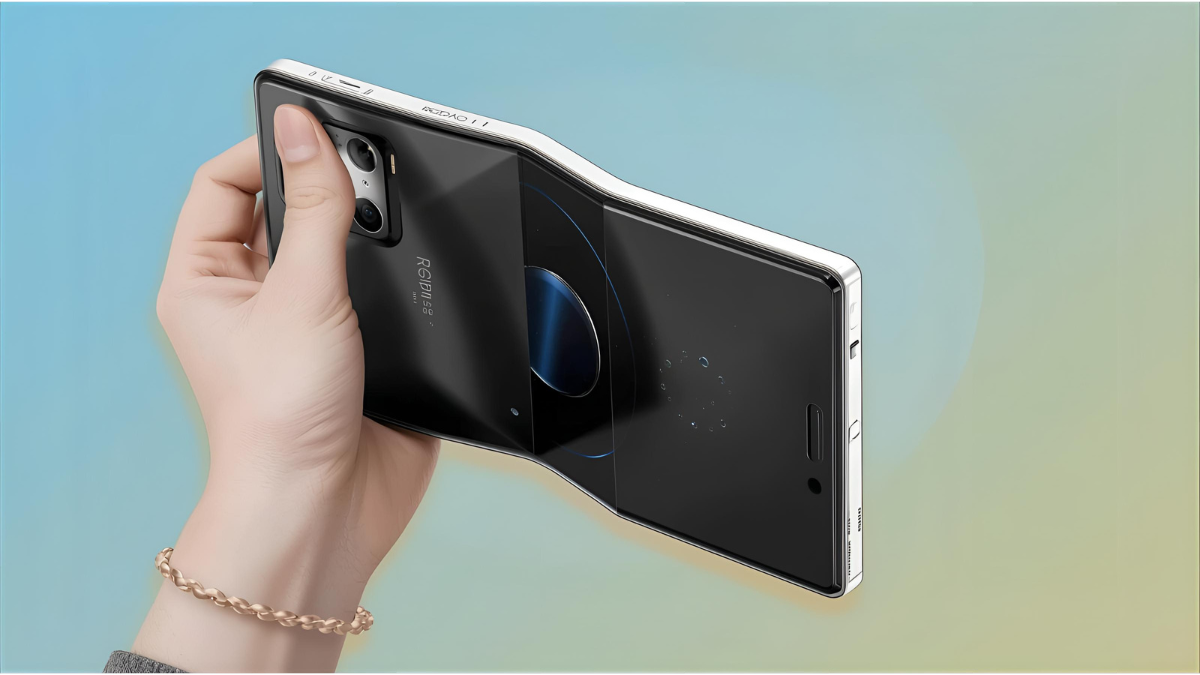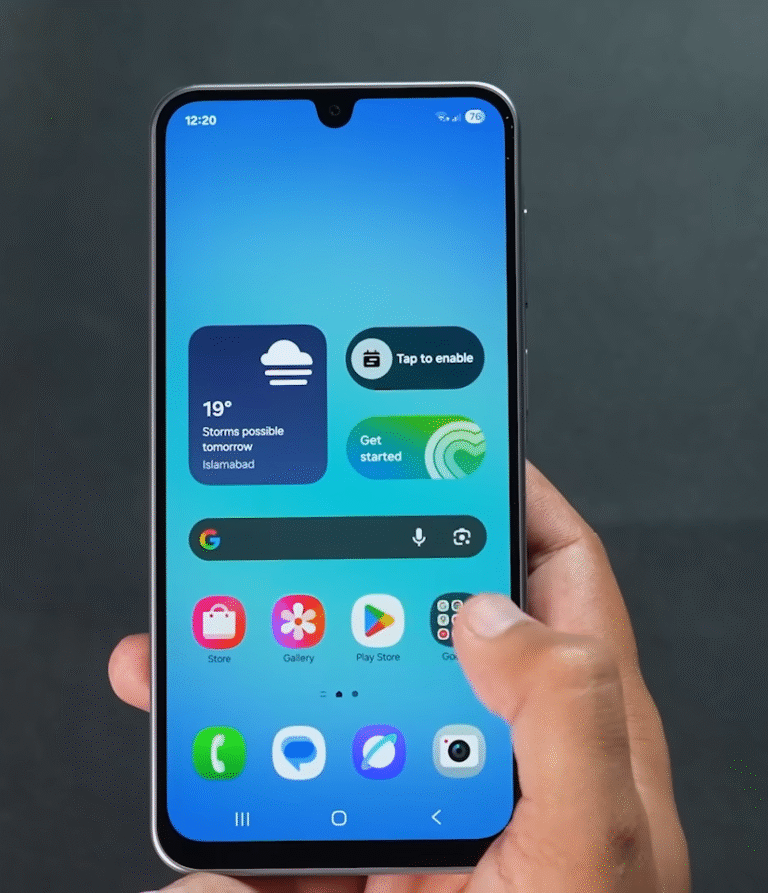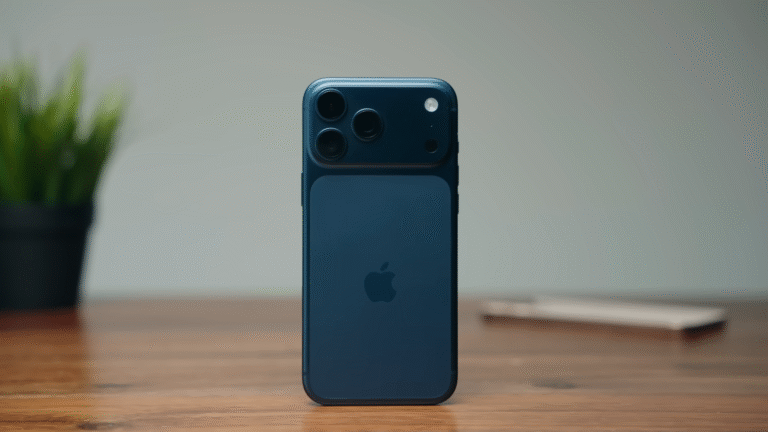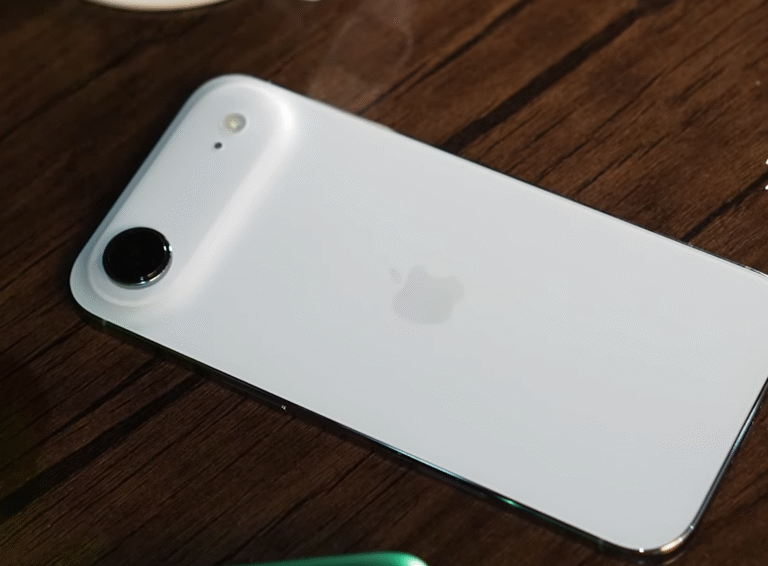
Two decades ago, flip phones were the epitome of mobile innovation. The iconic Motorola Razr V3, launched in 2004, defined an era and became a status symbol for both executives and teenagers. But the arrival of the iPhone revolutionized the industry, and flip phones quietly faded into history.
Fast forward to 2019, when Samsung Galaxy Fold reignited the folding concept and sparked a new wave of experimentation. Since then, foldables have rapidly evolved—now represented by devices like the Samsung Galaxy Z Fold 5, Google Pixel Fold, and Motorola Razr+ (2023). Even Apple is rumored to be developing its own foldable iPhone.
In 2025, the question is no longer “can they work?” but “are they here to stay?”
Public Curiosity Is Growing
Foldables have long been seen as a tech-nerd novelty, but public awareness is increasing. When people in Times Square were shown the Samsung Galaxy Z Flip 5, reactions were mixed but curious. Many loved its compact pocket-friendly design, while others worried about durability—particularly the crease in the center display.
Book-style foldables also impressed some by offering tablet-like screens, but their $1,800 price tag drew hesitation. A recurring theme emerged: users liked the concept, but most are waiting for lower prices and more durability before fully embracing foldables.
Why Foldables Are Appealing
According to Michael Fisher (known as MrMobile), who has reviewed nearly every foldable released so far, the biggest advantage is versatility. Foldables transform to suit your needs:
-
Book-style devices offer large screens for productivity, multitasking, and media consumption.
-
Flip-style models are ultra-portable and double as their own tripod for hands-free photography.
He notes, however, that the two major challenges are cost and fragility. The moving hinge parts, ultra-thin glass displays, and gaps make them more vulnerable to dust and long-term wear. Prices are already dropping gradually, but durability will take more time to perfect.
The Technology Behind the Trend
Foldable phones were just futuristic concepts in the mid-2000s. Samsung showcased its first prototype in 2011, but the technology wasn’t ready for commercial use. The real breakthrough came with the development of flexible OLED panels that could bend without breaking.
In 2019, Samsung launched the first mainstream foldable, the Galaxy Fold, with a 7.3-inch display that could unfold into a tablet-like form. Soon after, Motorola revived its classic Razr design as a foldable, and other brands joined the competition.
While they’re still niche due to their high prices, manufacturing advancements and market competition are making foldables gradually more affordable and accessible.
What the Pioneers Say
Google’s Perspective: George Wang, a designer behind the Pixel Fold, explained that their priority was ensuring the exterior screen felt like a normal phone. Their research showed users unlock their phones over 200 times per day, often for quick tasks like messaging or changing songs. The Pixel Fold’s wider outer screen makes these frequent actions seamless, while its 7.6-inch inner display excels at multitasking and media.
Motorola’s View: Motorola’s engineers emphasized the importance of a larger outer display on the Razr+, which now supports more apps and full-screen content without opening the phone. It makes everyday interactions faster and more convenient while keeping the device pocketable.
Samsung’s Ambition: Samsung is aiming high—by 2025, they want foldables to represent 50% of their flagship phone sales. To get there, they’ve worked on making devices slimmer, lighter, and more powerful, while steadily reducing costs. The company believes foldables will soon match traditional phones in price and become the default form factor.
The Road to Mass Adoption
Foldables are still expensive compared to standard smartphones, but manufacturers are releasing more budget-friendly models like the standard Motorola Razr, which offers essential features at a lower cost by trimming extras like the large outer screen. This approach makes foldables more accessible to everyday buyers without sacrificing quality.
As hardware matures and production scales, foldable devices are expected to:
-
Become more durable and dust-resistant
-
Offer new, innovative form factors
-
Drop significantly in price
-
Attract more brands to the market (possibly including Apple in the near future)
The Future Is Flexible
Looking ahead, it’s clear foldables aren’t just a passing fad—they represent a major shift in how we think about mobile devices. The next generation will grow up seeing foldables as the norm, just as older generations saw flip phones and then slabs as milestones.
We’re only at the beginning of this transformation. In the coming years, foldables will likely become slimmer, stronger, more affordable, and more widely adopted, changing the smartphone landscape forever.



